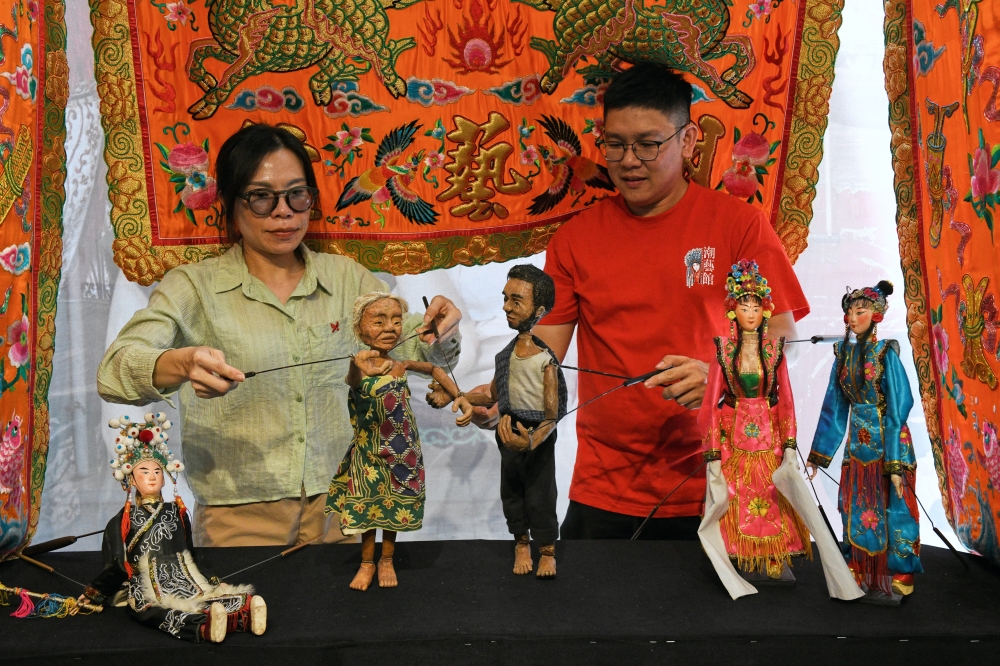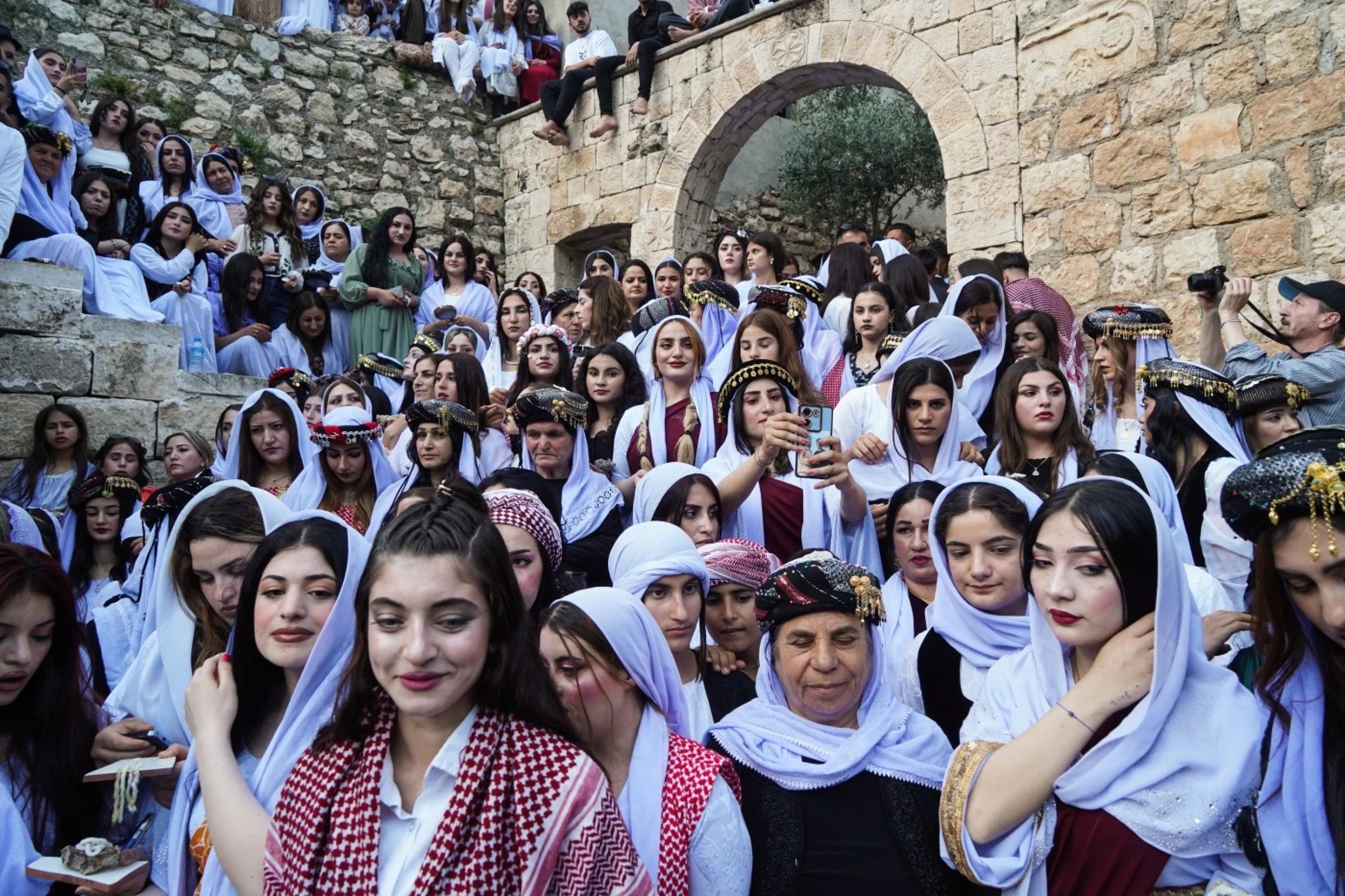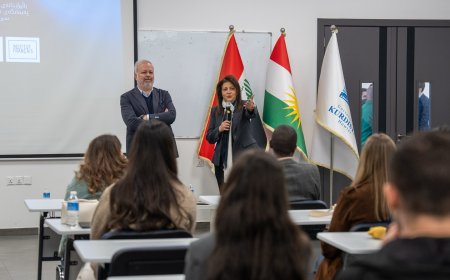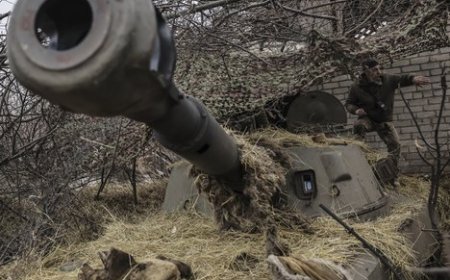Keeping Teochew heritage alive: George Town opera house blends tradition with modern outreach

GEORGE TOWN, Sept 5 — Tucked away along the lively Armenian Street, one of the most iconic stretches within George Town’s Unesco World Heritage Site, lies a hidden cultural gem that continues to breathe life into an age-old tradition.
The Teochew Puppet and Opera House is more than just a performance space. It stands as a symbol of resilience — an effort to safeguard and revive the fading heritage of the Teochew Chinese community.
Founded to preserve the centuries-old art of Teochew puppet theatre and classical opera, the museum and opera house serve as both a cultural archive and a living stage. Each performance carries echoes of history, legend, philosophy, and the identity of the Teochew people who have long made Malaysia their home.

For Goh Wee Ling, 44, this mission is deeply personal. A fourth-generation practitioner, she began helping her parents with puppet shows at the age of seven and eventually devoted herself fully to the craft after leaving school in her teens.
“At first, I just wanted to help my parents,” she recalled. “But over time, I realised this art is incredibly beautiful and meaningful. The stories carry strong values — love, respect for elders, and the spirit of family.”
Teochew puppet performances typically unfold across four genres: legends, love stories, history, and tales of everyday community life. Heroic men, elegant women, cunning villains, and witty comedians come to life through intricately carved wooden puppets.
“These puppets are not only beautiful to look at but each one has its own uniqueness,” said Goh. Traditionally made from a blend of wood, clay, paper, and sometimes metal, the puppets were once carved by her grandfather and father.
“Now that they are gone and my father has grown old, I make them with my students. We’re also experimenting with new materials to ensure the tradition continues,” she explained.
Today, Goh is grooming the fifth generation — including her nephew and students from diverse backgrounds — ensuring that this art form transcends communities and endures for future Malaysians.
Determined not to let the art remain confined within the Teochew community, Goh established the Teochew Puppet and Opera House in 2014. Her vision: to introduce the beauty of Teochew puppet opera to Malaysians of all backgrounds and to audiences worldwide.
Though modern life has edged the tradition to the sidelines, the opera house has become a hub of learning, performance, and cultural preservation. To make the art more relatable, Goh has adapted local stories, including Malay and Indian folktales.
“In Malaysia, we are a multiracial society. I don’t want this art to be just for the Chinese community. That’s why I’ve adapted stories like Si Tanggang into puppet theatre,” she said.
She also hopes the Ministry of Education will one day introduce this heritage art into schools, giving young Malaysians the chance to learn and carry forward the tradition.
Teochew puppet theatre traces its origins to the Chaoshan region in China and was brought to Malaysia by Teochew immigrants, including Goh’s grandparents, in the early 19th century.
Today, visitors to the opera house can do more than just watch performances. They can slip into traditional costumes and even try their hand at manipulating the puppets in an interactive space designed to bring the art closer to the public.
The Teochew Puppet and Opera House is open Wednesday to Sunday, from 9am to 5pm, with entry priced at RM12 for locals and RM25 for foreign visitors. — Bernama
[Source: Malay Mail]













/file/attachments/orphans/rebecca-hague-mothers_864112.jpg)






































